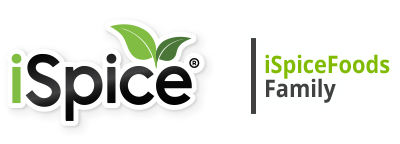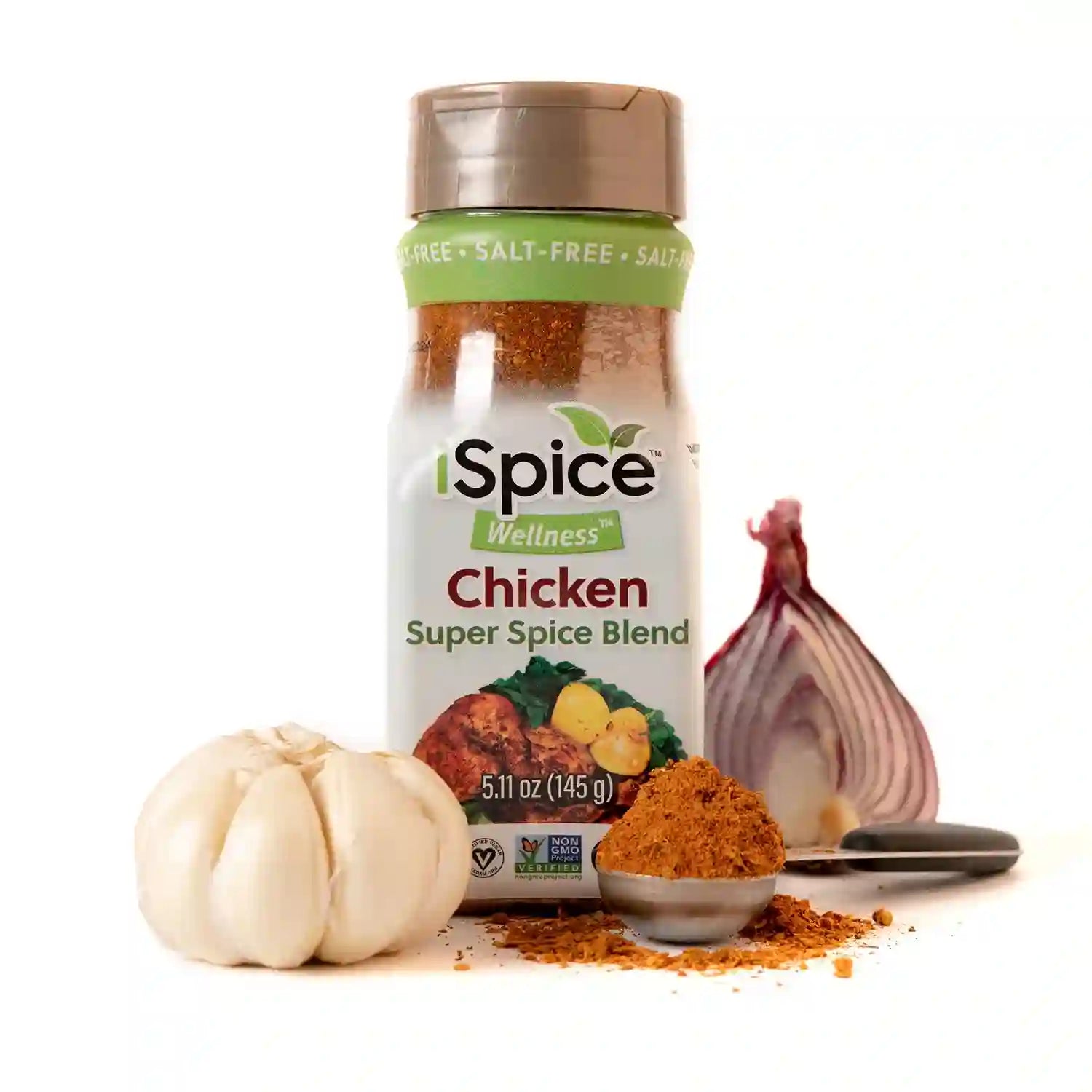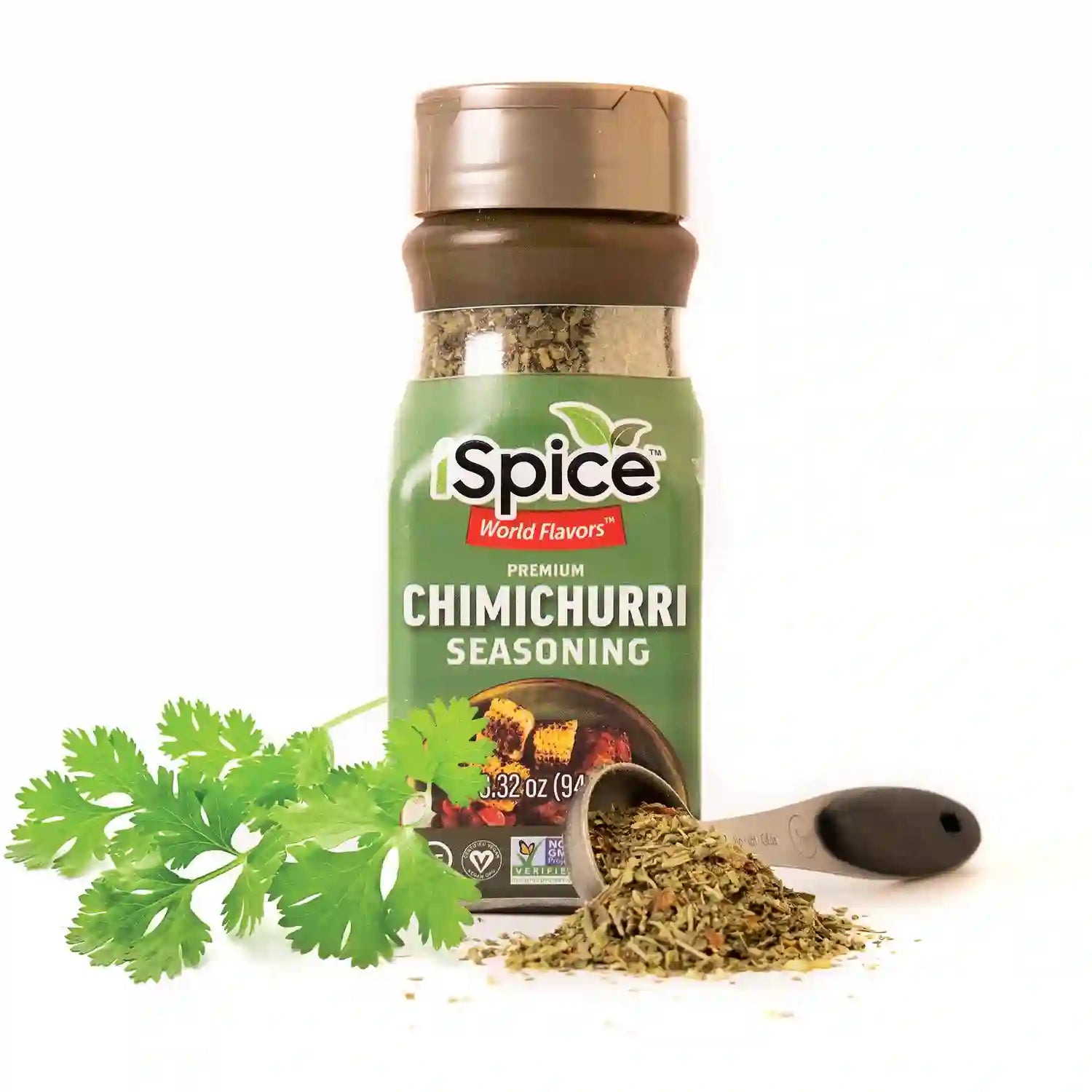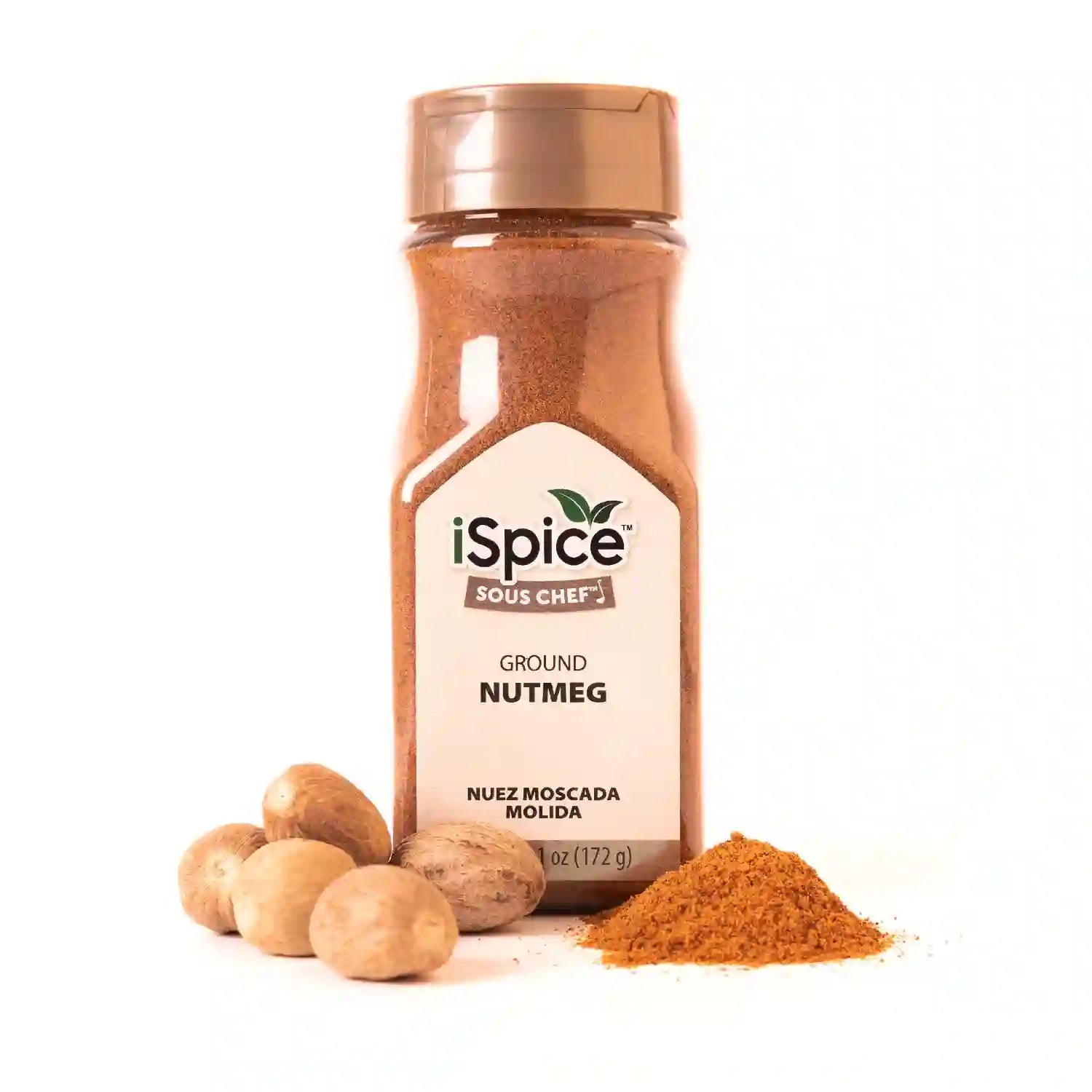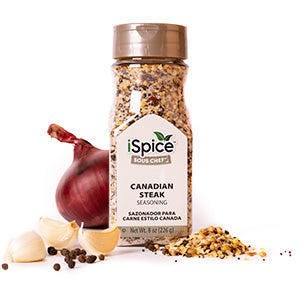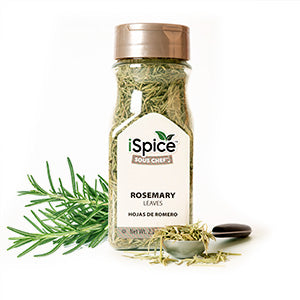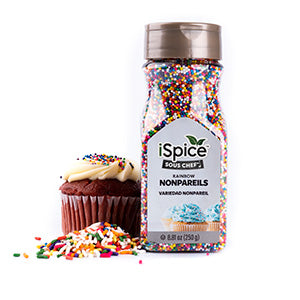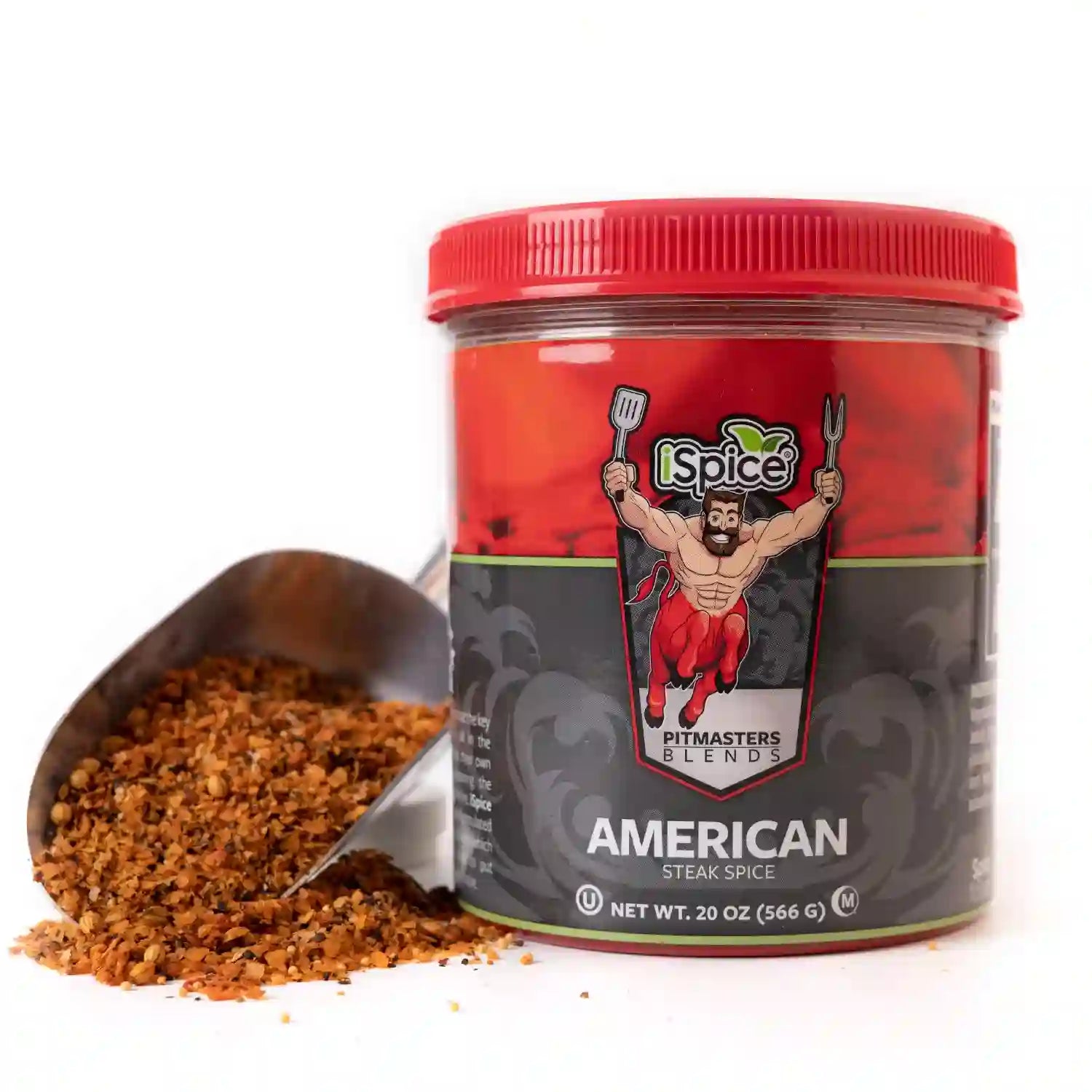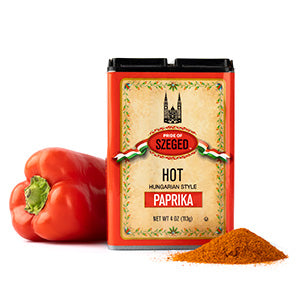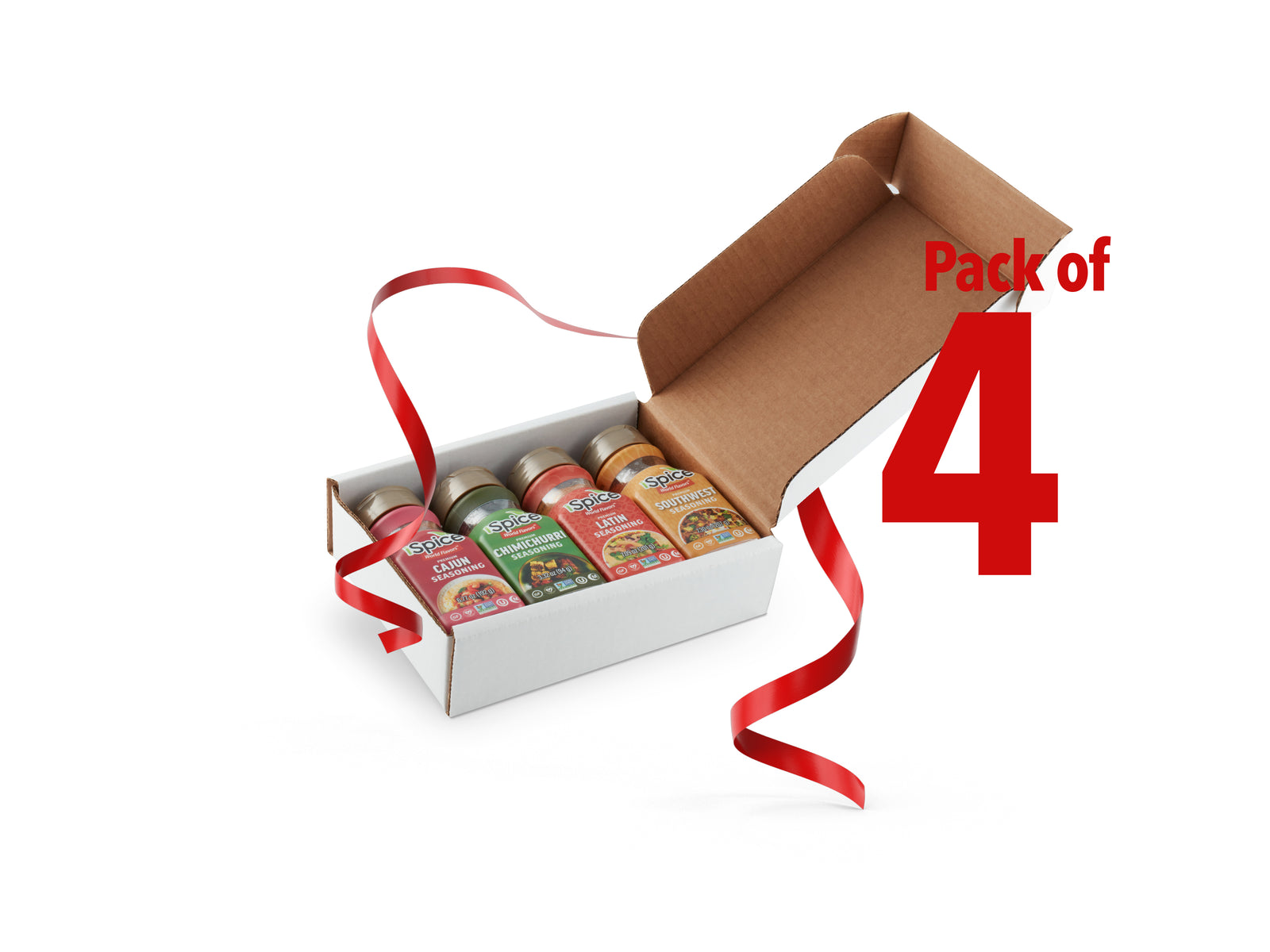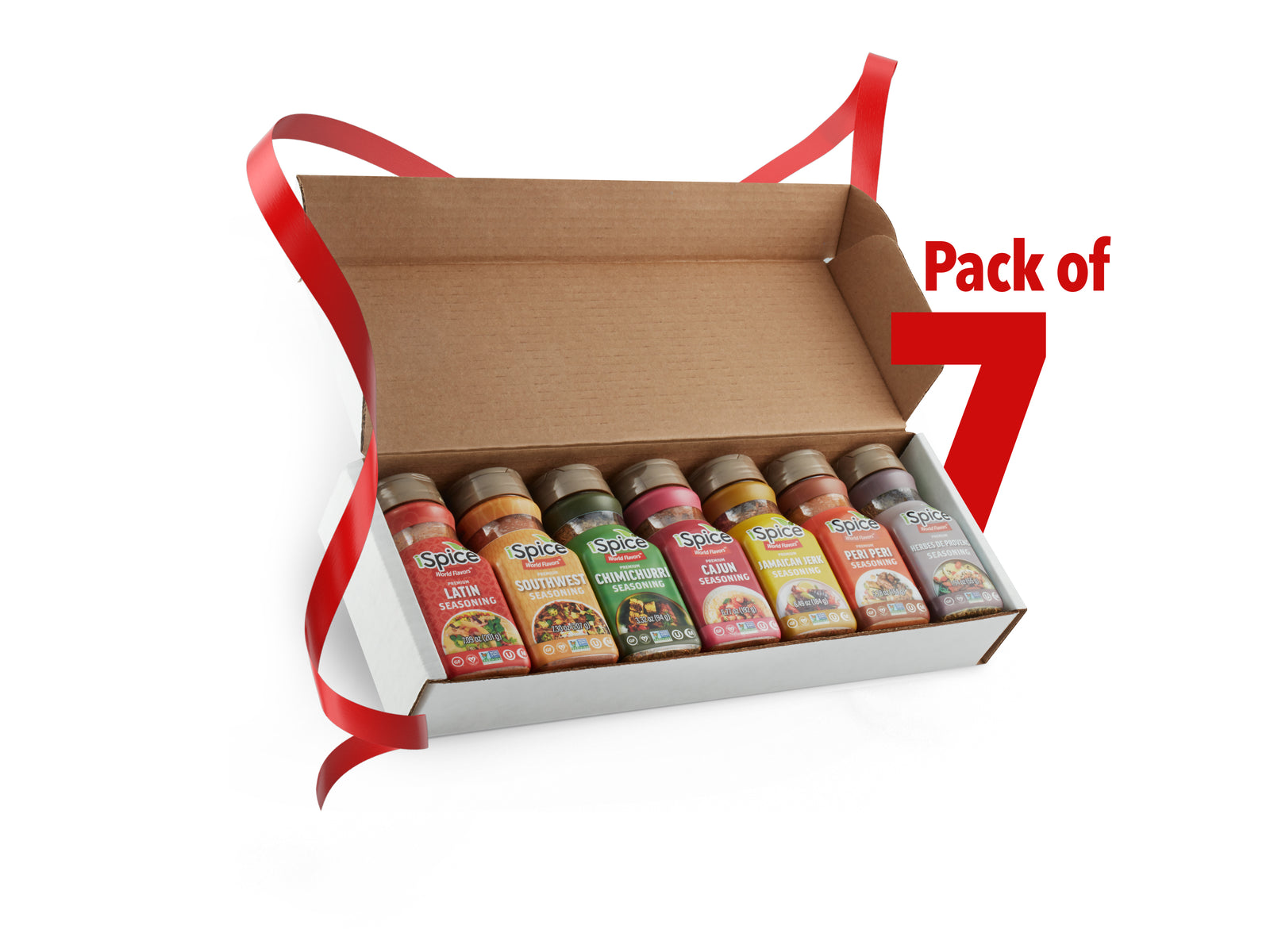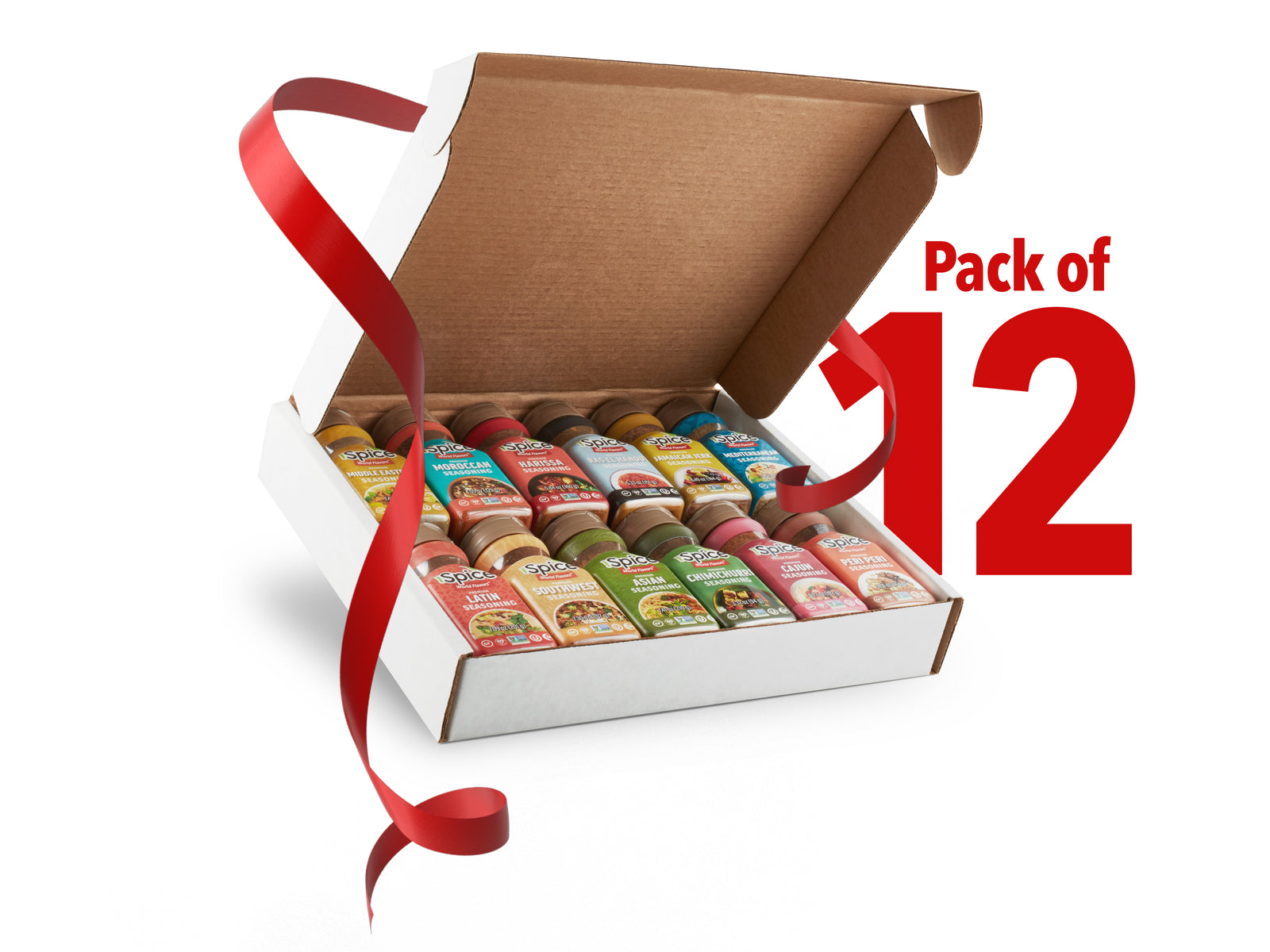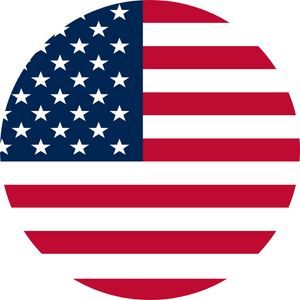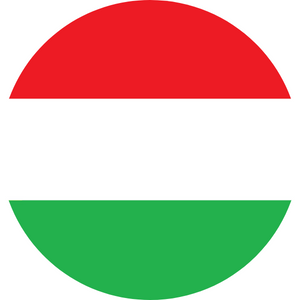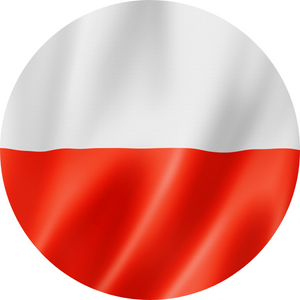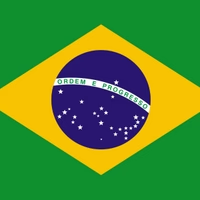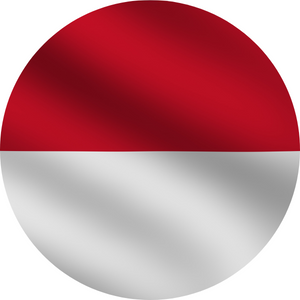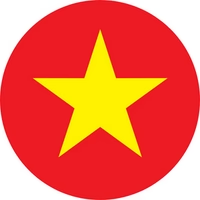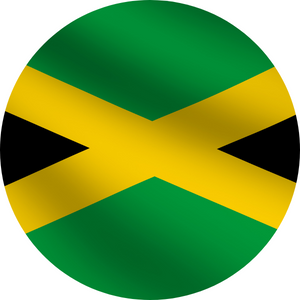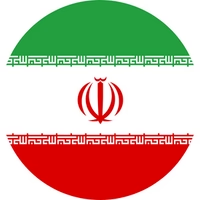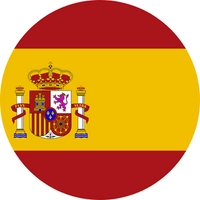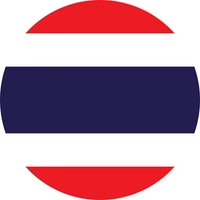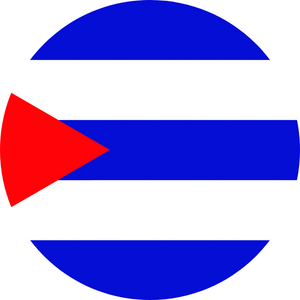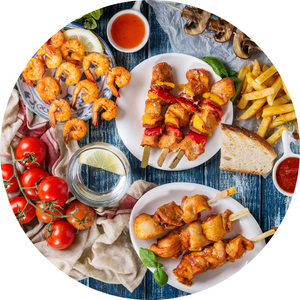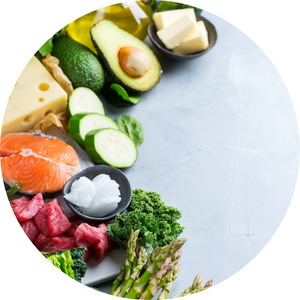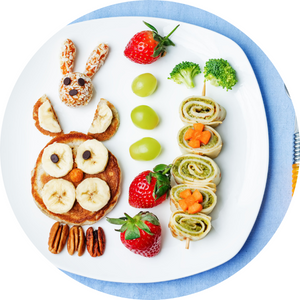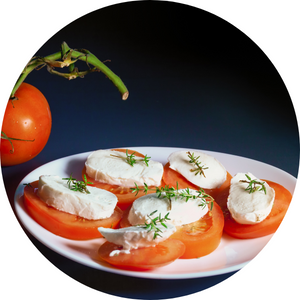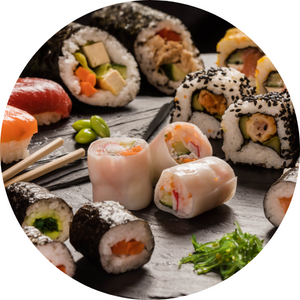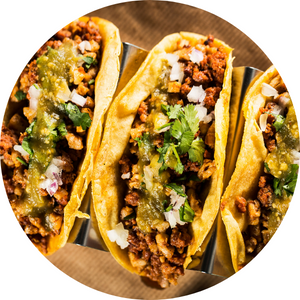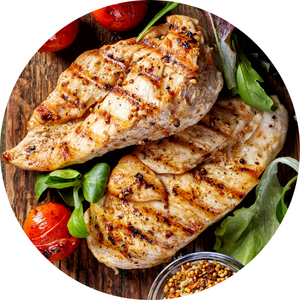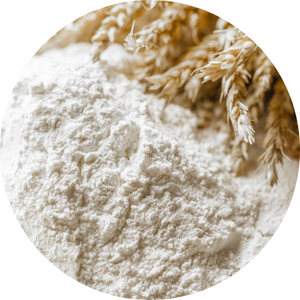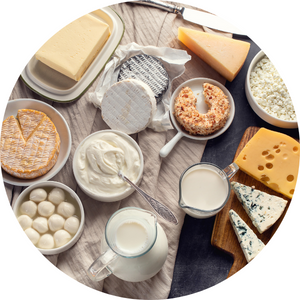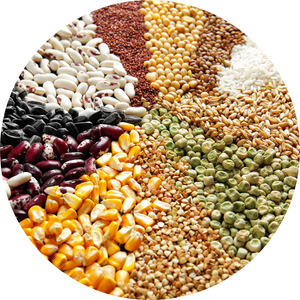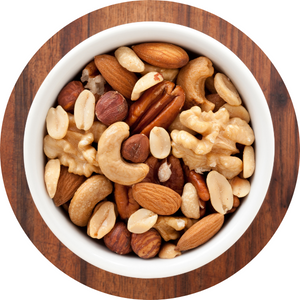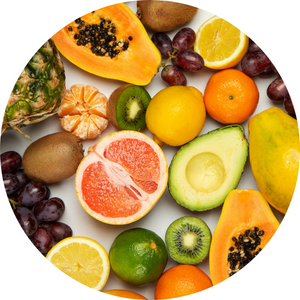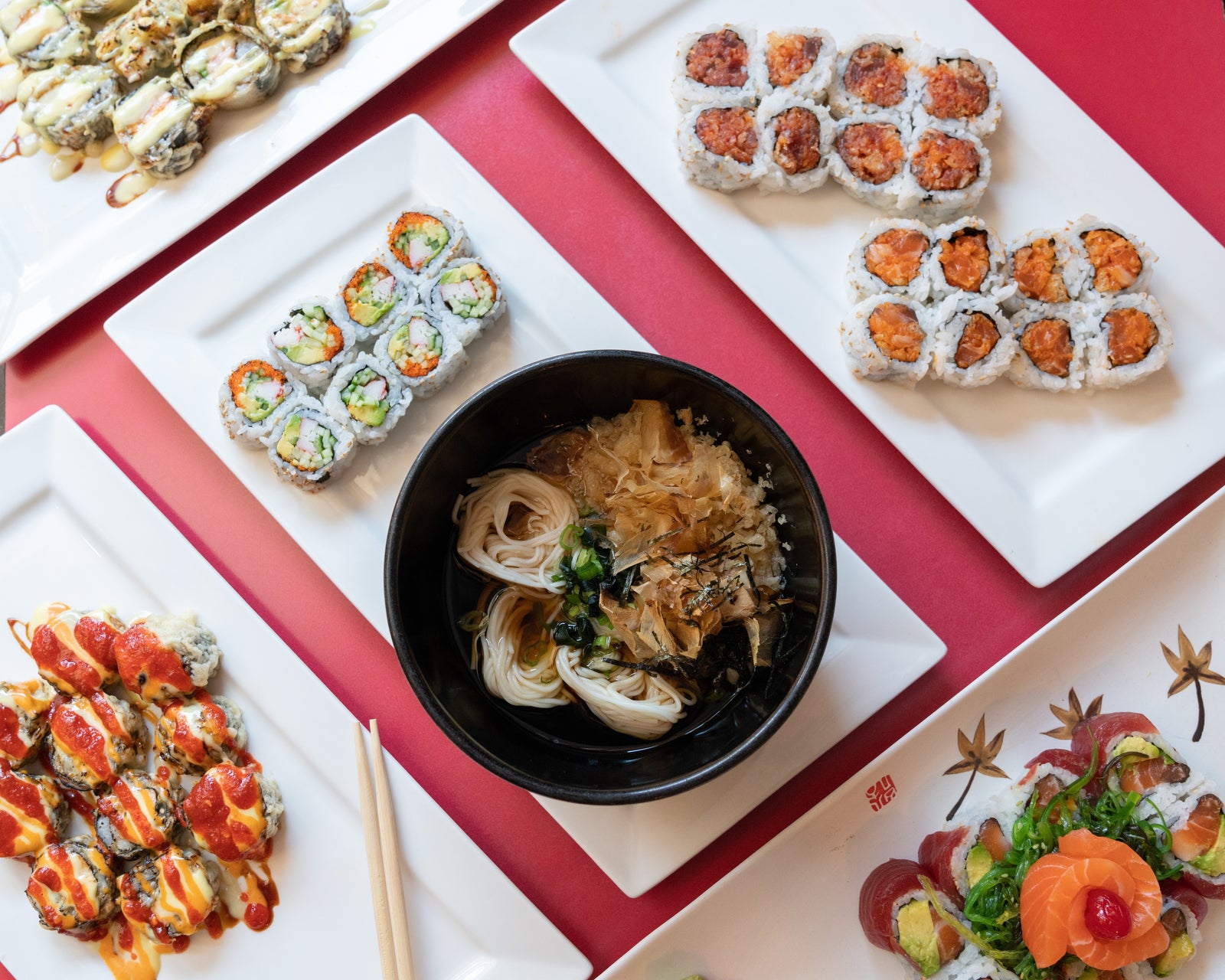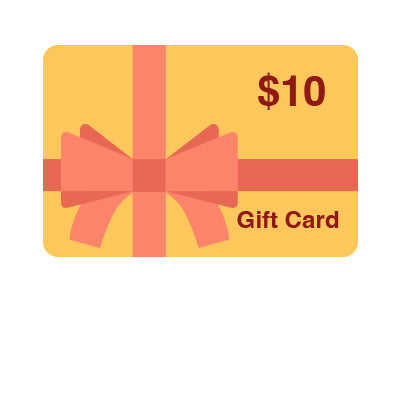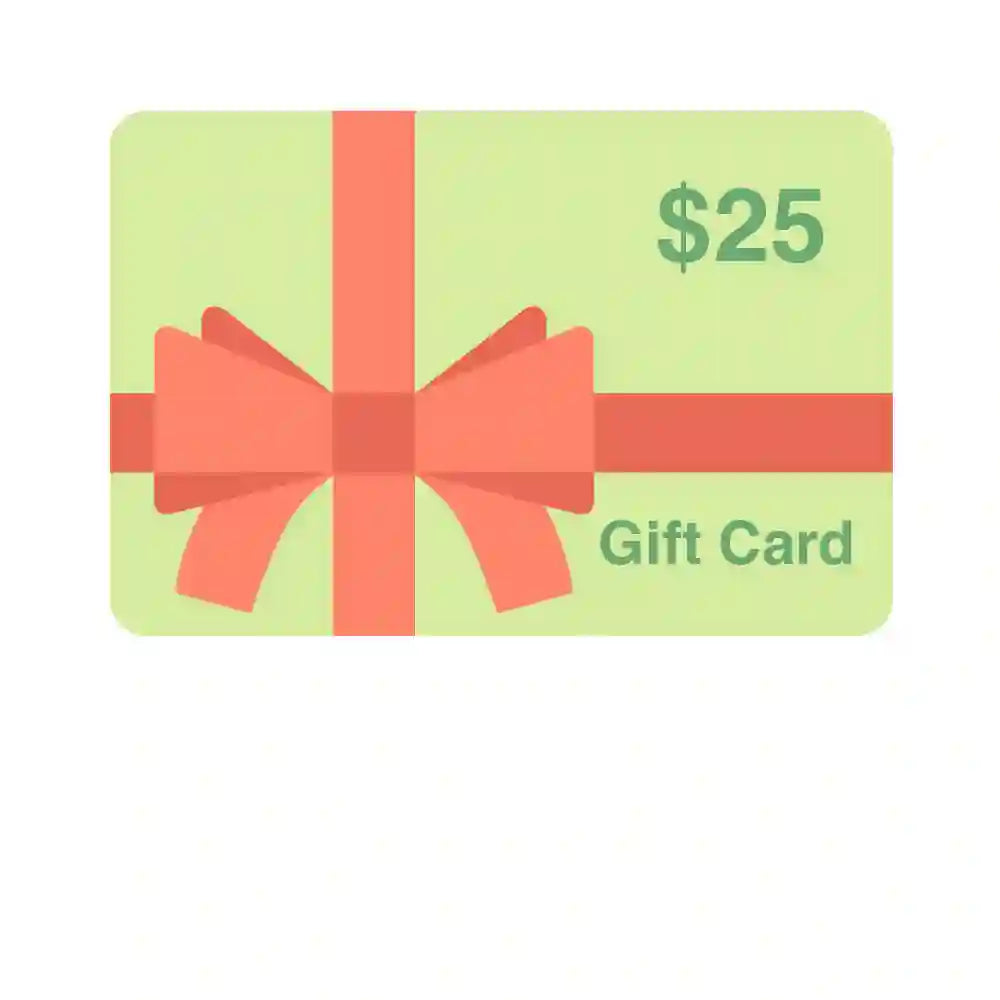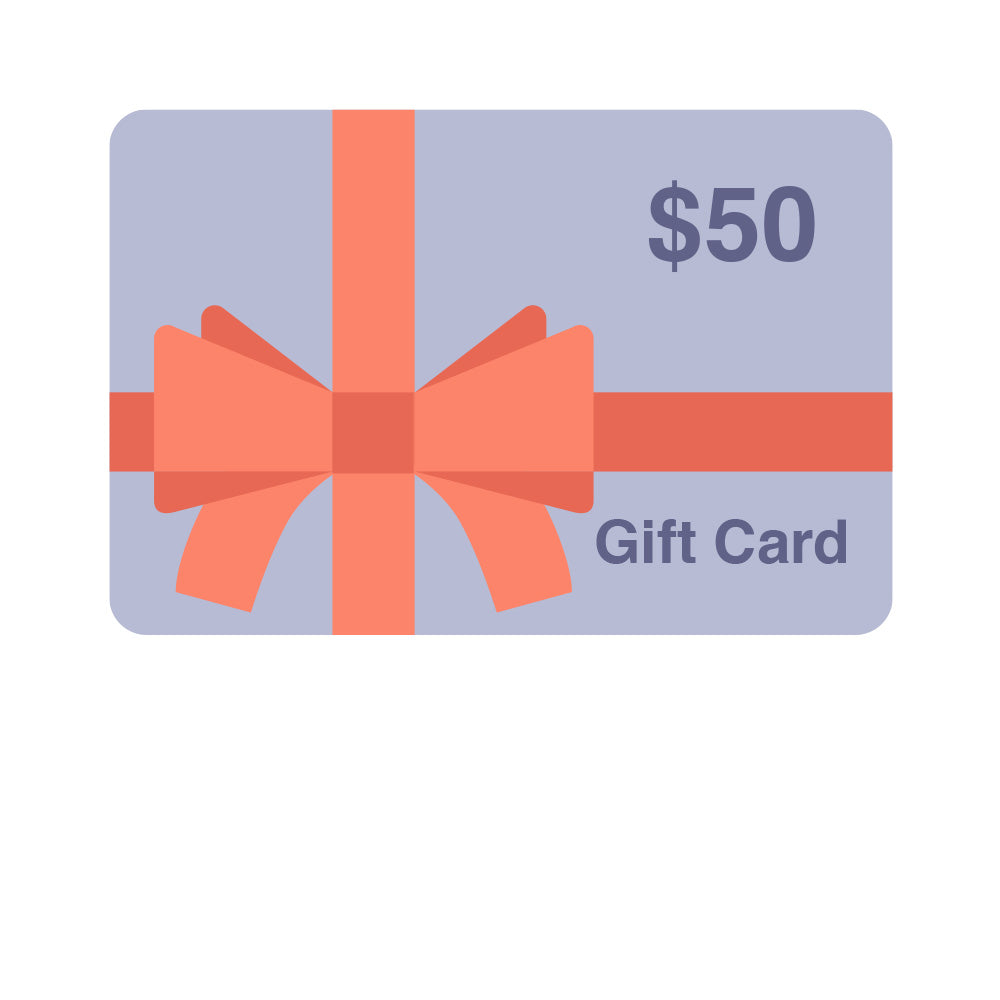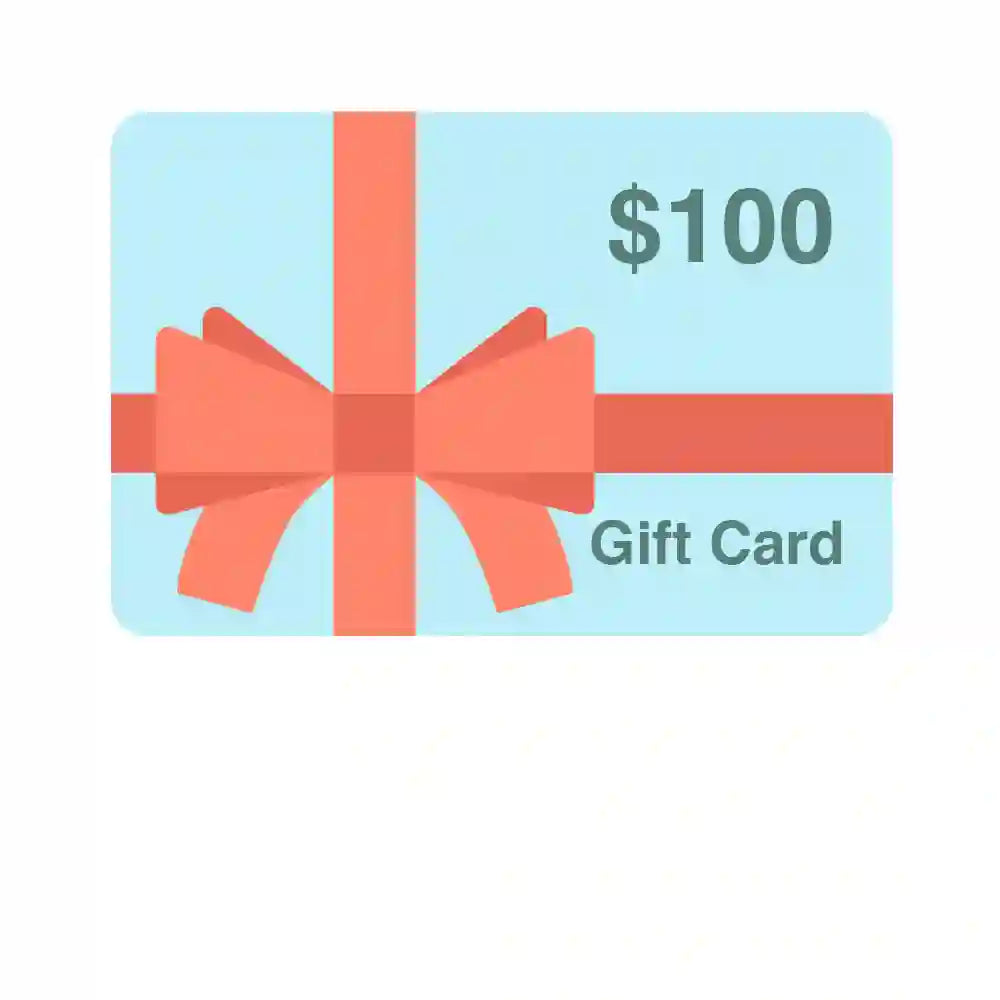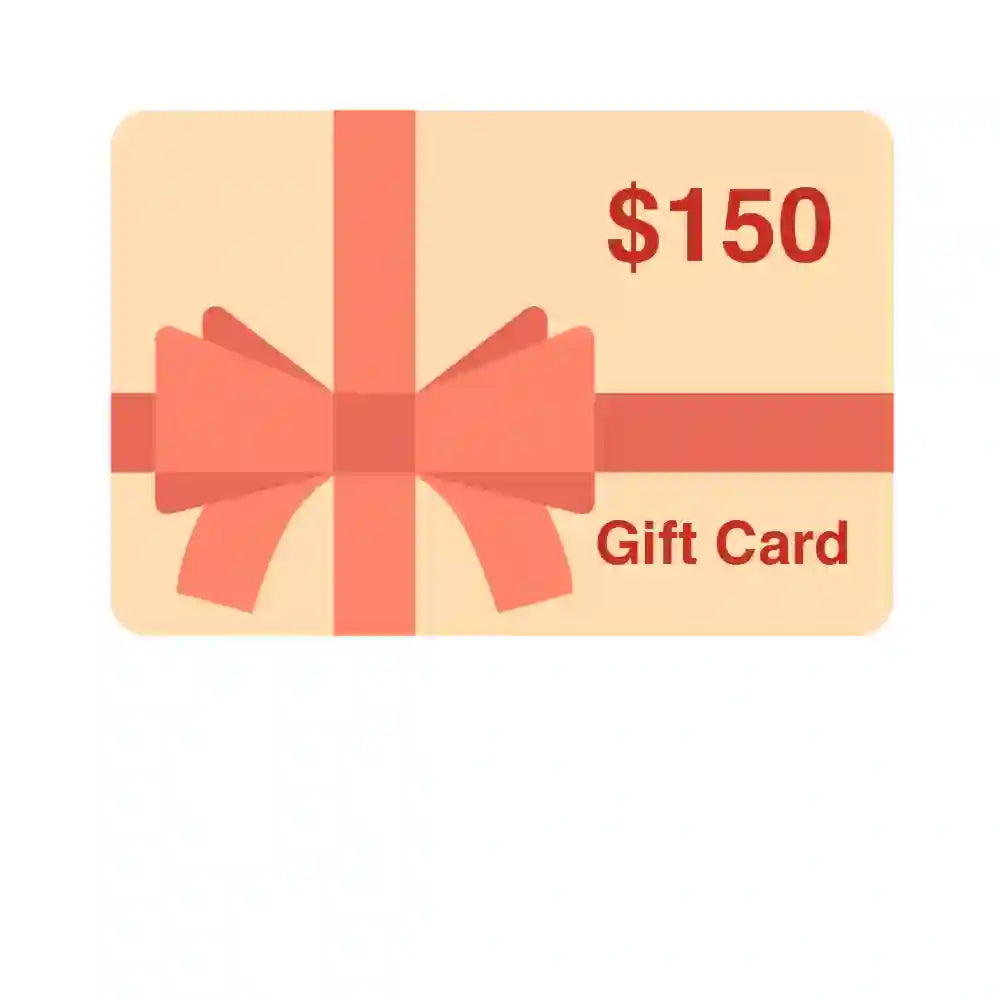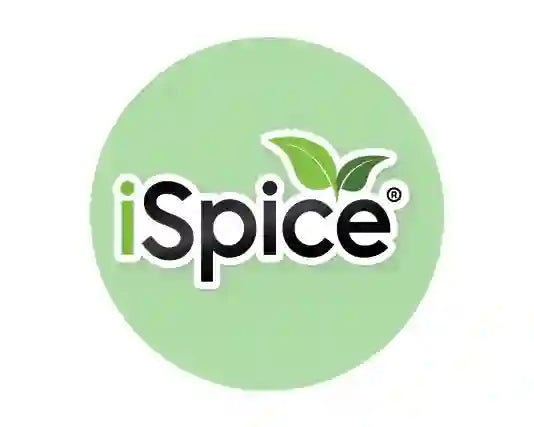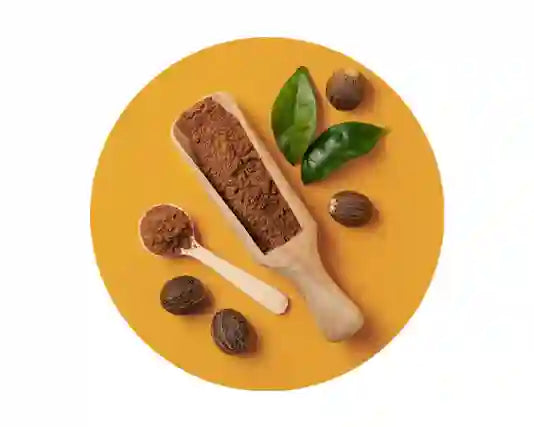
Chocolate sprinkles, also known as "hagelslag" in the Netherlands, are a beloved topping for bread, pastries, and desserts around the world. But where did this popular treat come from, and how did it spread across the globe? In this blog post, we'll explore the history of chocolate sprinkles, from their humble beginnings in the Netherlands to their widespread popularity today.
The origins of chocolate sprinkles can be traced back to the early 20th century in the Netherlands. At that time, chocolate was a luxury item that was primarily consumed in the form of bars or hot cocoa. However, a Dutch confectioner named Gerard de Vries saw an opportunity to make chocolate more accessible and appealing to the masses.
In 1936, de Vries invented a machine that could produce long, thin strands of chocolate. He called this new product "hagelslag," which translates to "hailstorm" in English. The name was inspired by the way the chocolate strands looked when they fell on a piece of bread, resembling small hailstones.
At first, hagelslag was primarily marketed to children as a fun and tasty way to enjoy chocolate. The product quickly gained popularity, and other confectioners began to produce their own versions of hagelslag. Over time, different shapes and flavors of sprinkles were introduced, including colored sprinkles and non-chocolate varieties.
In the 1950s, chocolate sprinkles started to make their way beyond the borders of the Netherlands. Dutch immigrants brought hagelslag with them to other countries, including Canada, the United States, and Australia. In these countries, chocolate sprinkles became known as "jimmies," "hundreds and thousands," and "sprinkles," respectively.
Today, chocolate sprinkles are enjoyed all over the world and are a popular topping for everything from toast and croissants to ice cream and cupcakes. In fact, the popularity of chocolate sprinkles has led to the creation of many new products and recipes, such as chocolate sprinkle cakes, cookies, and even cocktails.
Despite the widespread popularity of chocolate sprinkles, the Netherlands remains the top producer and consumer of hagelslag in the world. According to some estimates, the average Dutch person consumes over 3 pounds of chocolate sprinkles per year, and they are a staple in every Dutch household.
In addition to being a delicious treat, chocolate sprinkles have also become a cultural symbol in the Netherlands. In fact, a recent survey found that hagelslag was one of the top 10 things that Dutch people missed when they were abroad. In some Dutch households, it's traditional to serve chocolate sprinkles on bread for breakfast, or to sprinkle them on top of a birthday cake instead of candles.
In conclusion, the history of chocolate sprinkles is a story of innovation, creativity, and cultural exchange. What started as a simple idea by a Dutch confectioner has become a beloved topping around the world, bringing joy and sweetness to people of all ages. Whether you call them hagelslag, jimmies, or sprinkles, there's no denying the universal appeal of this delightful treat.
Alert: While spices can have many beneficial properties for health, using them for medical purposes should be done under the guidance and supervision of a healthcare professional or specialist. Some spices may interact with medications or cause adverse reactions in certain individuals, and it is important to use them safely and appropriately. If you are considering using spices for a medical condition, it is important to consult with a healthcare professional before doing so.
